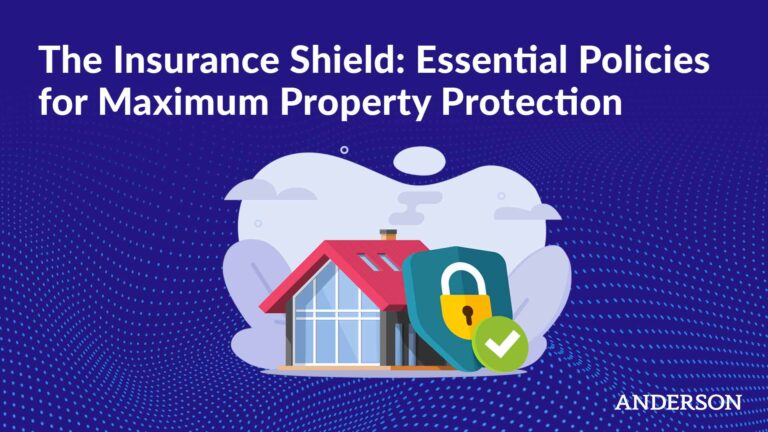Updated September 30, 2021
Here are 3 Strategies to Increase Your Income with Little Effort
As a tax attorney, when I think about income, the first thing that comes to mind is taxes. Taxes are one of the biggest threats to business owners’ and investors’ success, so it’s worth considering tax-advantaged options for your business and investing.
One of the areas that’s tax-advantaged is passive income. It’s tax-advantaged because it is not subject to Social Security and Medicare taxes. Passive income includes rents, royalties, dividends, interest, and capital gains (both short-term and long-term). Note that what’s NOT on this list is active income. For our purposes, we’ll use broad strokes to discuss these two main types of income: passive and active.
Active income is “sweat of your brow” labor, or W-2 income. Active income is subject to Social Security and Medicare taxes, what’s called old age, death, and survivors’ benefits, which can add up quickly.
Passive income is not subject to withholding or Social Security and Medicare taxes. This automatically eliminates the combined 15.3% Social Security and Medicare taxes and amounts to an additional 14 cents of every dollar back in your pocket when the same income is earned passively instead of actively.
Three Ways to Earn Passive Income in 2020
Dividend Kings & Aristocrats
In the good old days of investing in the stock market, you would give money to a company, and they would pay you as an owner. Those days are kind of over now, but there are still some companies that operate this way by paying shareholders dividends. There are some companies that have been paying dividends consistently for decades, and could prove a fruitful place to begin earning passive income.
With income from dividend payments, you’re taxed at a significantly preferential rate compared to active income. Dividends are taxed at preferential rates of either 0%, 15%, or 20%, depending on your income levels. This is obviously better than the tax rates for active income, which can go as high as 37%.
Options
Another way to earn passive income in the stock market is to sell someone the right to buy your shares at an amount greater than what you paid. For instance, let’s say you own a jacket your friend Joe likes. You paid $100 for the jacket, and you tell Joe, “Hey, if you want to buy this jacket some time in the next year, I’ll sell it to you for $110.” In the stock market, this is called an option. There are two types of options: calls and puts. Since you’re charging more for the stock than what you paid for it, this specific example would be considered an “out-of-the-money” call (versus an “in-the-money” call).
I generally say that, if you’re going to sell options, you need to own at least 100 shares because one option contract covers 100 shares.
Income from selling options is considered short-term capital gains. This means that the money is taxed at a slightly less preferential rate than dividends. With options, you still won’t pay Social Security and Medicare taxes as you would for active income; however, you will still pay taxes at your ordinary tax bracket.
Real Estate
There are two different ways to get into real estate: one for folks who don’t have a lot of money to invest, and one for those who do. Real estate is often thought of as a difficult industry to break into without significant capital; however, investing in REITs is an easy way to invest in real estate without huge reserves of capital. REITs (real estate investment trusts) are required to pay out profits at 90% on an annual basis, so if the REIT makes money, you do, too.
The second way to get into real estate is to buy a rental. If you’re just starting out, I would recommend starting with a single-family residence. When investing in real estate, a shift in mindset must take place to succeed. Real estate agents use comps, or comparable properties, to evaluate the market value of a property. For real estate investing, however, comps is not relevant. Instead, use cap rates to measure the viability of a potential investment property.
A good option for finding properties online is to use an online real estate platform such as Roofstock.com. Buyers on their site typically never physically visit the properties they purchase and use Roofstock’s preferred property management companies to manage the properties for them.
The Takeaway
Ultimately, passive income is desirable because of its preferential tax rates. Passive income is taxed much more favorably than active income. Three possible ways to get into passive income right now is to invest in dividend kings or aristocrats, sell stock options, and get into real estate through buying rentals or investing in REITs.
If you have questions about how to build a passive-income-generating portfolio, reach out to one of our Senior Advisors with a complimentary Strategy Session. On the call, you and the Advisor will go over your specific investing activities to determine the best custom entity structure to lower your taxes and protect what you’re building. You can schedule online or by calling 888.871.8535.
Bonus Video
Free Strategy Session with an Anderson Advisor
Receive a detailed risk assessment to assist in lowering problem areas that could wipe out all of your assets with one wrong move. Speak with an Anderson Professional Advisor to get your FREE Strategy Session.
Limited-Time Offer: ($750 value.)











